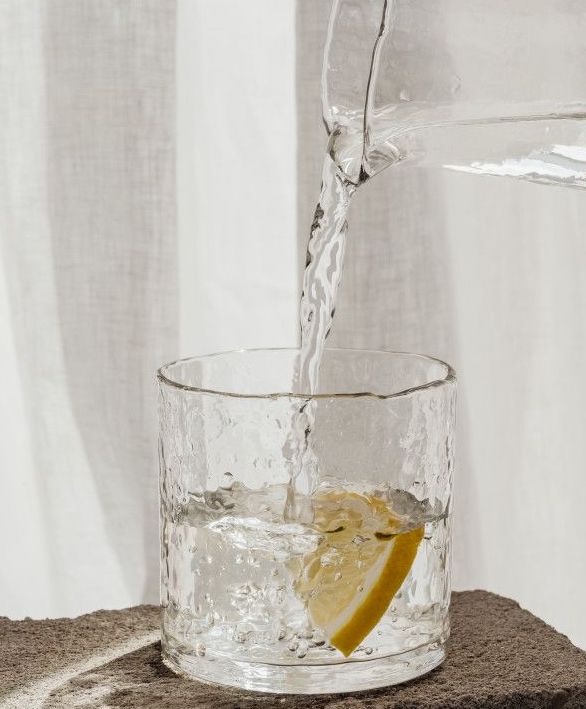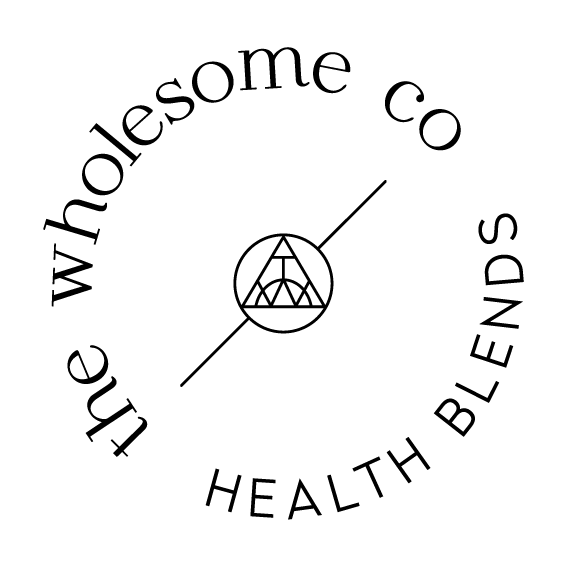
Acne, PMS and bloating - what do they all have in common? Along with being a pesky sign that your cycle is about to start, these symptoms also point to the liver. In the process of getting to the bottom of any hormonal balance, the liver should be one of the first places you investigate. While it may seem like a strange place to start, the liver is responsible for detoxifying hormones like estrogen and ensuring they move onto the gut to be excreted from the body. If hormones and other waste products aren’t properly detoxified and removed from the body, it can cause a host of hormonal imbalances.
The liver
The liver is your body’s built-in detoxification system. While juice cleanses and other nutritional detoxes claim to be the only way your body can ‘detox’, your liver is working away behind the scenes to take care of this process for you each and every day - and this job can be made easier or harder for your liver depending on your diet and lifestyle. From excess coffee and alcohol, to toxic skin care products - there are many factors that can make detoxification a difficult process for your liver, and it can have a widespread impact on you look and feel each day.
Signs that your liver is in need of some TLC:
- Acne and breakouts
- Bloating
- Low morning appetite
- PMS Irritated or itchy skin
- Constipation
- Estrogen dominance symptoms
Phase 1 & Phase 2 detoxification
The process of liver detoxification includes two important phases. In phase one, any toxic chemicals or waste products are essentially converted into a less harmful version. During the process of converting these toxic chemicals, the body creates free radicals as a by-product - which can be harmful to the liver (and the body) if your toxin exposure is high. Phase two, also known as the conjugation pathway, is where the liver turns these hormones, drugs and other toxins into water soluble substances, so they can be easily excreted from the body. It’s common to experience sluggish-ness in phase two of detoxification, meaning that whatever is detoxified in phase one tends to get ‘backed up’ in the second phase if we aren’t supporting the liver. This congestion can result in symptoms of PMS, fatigue, irritability, irritated skin and hormonal imbalance. In order for your body to effectively complete this detoxification process, it requires specific nutrients to support all both phases.
Required nutrients for phase 1
Antioxidants like vitamin C, vitamin E and carotenoids are required to help combat the free radicals produced in phase one. If your toxin exposure is high and your antioxidants are lacking, the process of converting these chemicals in phase one will be a lot more difficult for your body.
Required nutrients for phase 2
Liver cells require sulfur containing foods and amino acids to stimulate phase two detoxification. Foods like cruciferous vegetables (broccoli sprouts, cauliflower, brussels) eggs, onion, garlic are all incredible sources of natural sulfur compounds. Sulfur containing amino acids required to enhance phase two detoxification include glycine, choline, glutamine and inositol.
The surprising third phase
While the liver is the center of detoxification in the body, you still need to make sure these waste products are effectively being cleared from the body. If your pathways of elimination are backed up (aka, you’re constipated), then the body has no choice but to recycle these waste products back into the body. This means that hormones like estrogen can recirculate through the bloodstream, which can potentially result in estrogen excess. The importance of making sure that your detoxification pathways follow a clear path and that there are no ‘traffic jams’ throughout the entire process is not only important for balanced hormones, but it’s also vital to support healthy energy levels, glowing skin, a healthy gut - and so much more!
3 ways to support the liver
Reduce your toxin exposure
Xenoestrogens are hormone-disrupting chemicals that can mimic estrogen in the body, which can change the way your hormones function - potentially leading to imbalances. Cut down on toxic cleaning/beauty products that increase your exposure to xenoestrogens (AND add to your liver load), and instead opt for natural and non-toxic products for your house and body. Minimizing your exposure to plastic where you can (plastic containers, tupperware, drink bottles, etc) will also help reduce your exposure to xenoestrogens.
Eat to support detoxification
Eating foods that are rich in those required nutrients necessary for both phases of liver detoxification is key (think, cruciferous veggies!). The liver also requires protein and B vitamins as part of the detoxification process, so including a good quality source of protein with each meal (aiming for 20-30g of protein) as well as foods like nuts and seeds, brown rice, eggs and green leafy vegetables will be really helpful.
Get your bowels moving
You now know that your bowels are a critical part of the detoxification process, so here’s your cue to make sure they’re regular! Exercising, drinking enough water, eating enough fiber and investigating the root cause of your gut symptoms is a great place to start.
Tip: Always make sure you drink enough water when you increase your fiber intake - if you don’t, the increased amount of fiber can actually block you up instead of giving you the desired effect!
Take the guesswork out of it
If you need some quick options on the go or you’re wanting to increase these nutrients to support your liver in an easy and effective way, here’s our go-to blends for liver support.
Collagen + Greens - with herbs like Slippery elm to support gut health and fiber rich greens to promote liver detoxification - this nutrient dense blend is a hero for upping your nutrient intake while supporting your body’s natural detox pathways.
Digestive Soothe - rich in fiber and prebiotics, Digestive Soothe helps cool inflammation and reduce intestinal discomfort. It’s also a great source of collagen which supports the integrity of the intestinal lining. A win-win for the gut!
